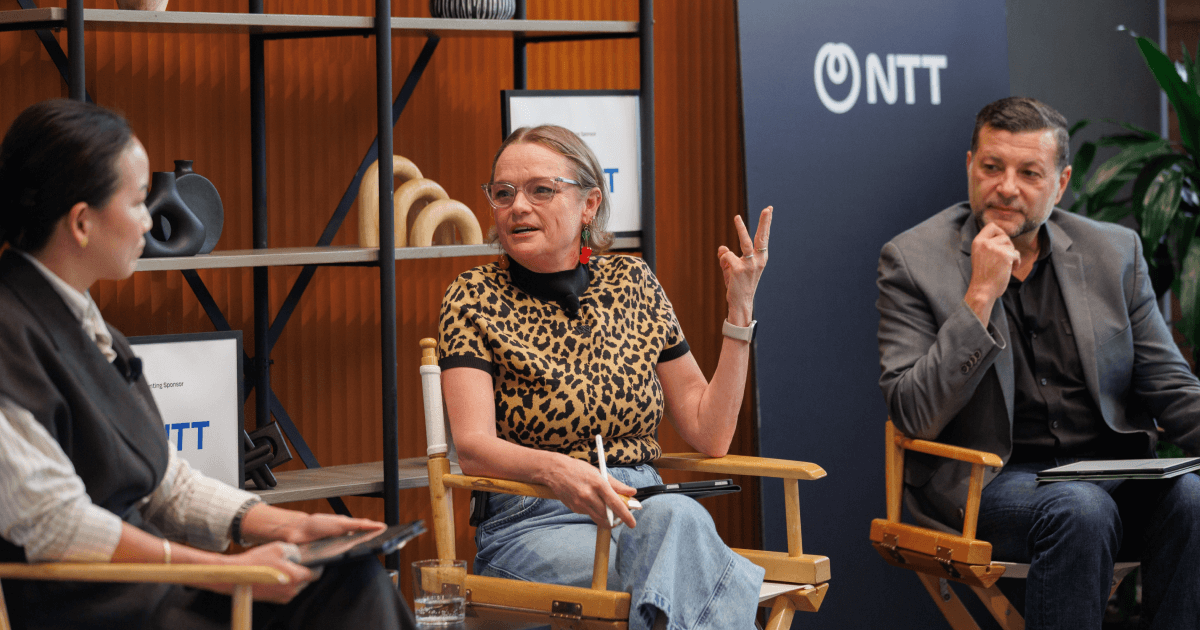Domina el arte de la mentalidad de propiedad: tu catalizador para el éxito profesional y empresarial


Es una pregunta con cerca de mil respuestas diferentes, pero si buscas la piedra angular del crecimiento personal y profesional, la respuesta es clara: mantener una mentalidad de propiedad.
Esta semana en Catalizador, Launch by NTT DATA Chris y Gina discuten la diferencia entre simplemente hacer tu trabajo y hacer un trabajo que mueva la aguja. Consulte los aspectos más destacados a continuación, luego sumerja en el episodio completo para aprender a replantear su pensamiento y tomar decisiones más sólidas.
Recuerda que los líderes son dueños
Cualquier persona que lidere un grupo o maneje un equipo debe pensar como un dueño. Eso significa pensar más allá de su capullo y alinear sus acciones y decisiones con los objetivos comerciales generales de la organización.
Haz un paraguas de metas
Los propietarios siempre priorizan los objetivos de la organización. Si tus metas personales entran en conflicto, piensa en cómo puedes reorientar tu pensamiento para que todo caiga bajo un mismo paraguas.
Acepte el riesgo
Los propietarios están dispuestos a tomar riesgos para impulsar el negocio. Ya sea que eso signifique entrar en territorio desconocido o tomar decisiones que no estén basadas en listas predefinidas o límites estrictos, debes ser adaptable y flexible cuando las cosas cambian (¡y siempre lo hacen!).
Aprovecha SBAR
SBAR (Situación, Antecedentes, Evaluación y Recomendaciones) es una forma estructurada de presentar un problema a los líderes o tomadores de decisiones que evita la falta de comunicación y proporciona un camino claro hacia la resolución.
Deja tu ego en la puerta
Separar los hechos de las historias que nos contamos a nosotros mismos. A menudo, nuestras mentes inconscientemente crean ciertas narrativas basadas en nuestro ego, que pueden nublar el juicio. Centrarse en los hechos y dejar fuera las interpretaciones personales a la hora de presentar temas.
Declaraciones de “tengo la intención”
En un contexto de liderazgo, es beneficioso alentar a los miembros del equipo a hacer sus propias evaluaciones y recomendaciones utilizando declaraciones de “tengo la intención de hacerlo”. Este enfoque permite a los miembros del equipo tomar la iniciativa, pensar críticamente y contribuir activamente a la toma de decisiones.
Como siempre, no olvides suscribirte a Catalizador donde sea que consigas tus podcasts! Estrenamos un nuevo episodio cada martes, y cada uno está repleto de catalizadores para experiencias digitales que mueven millones.





